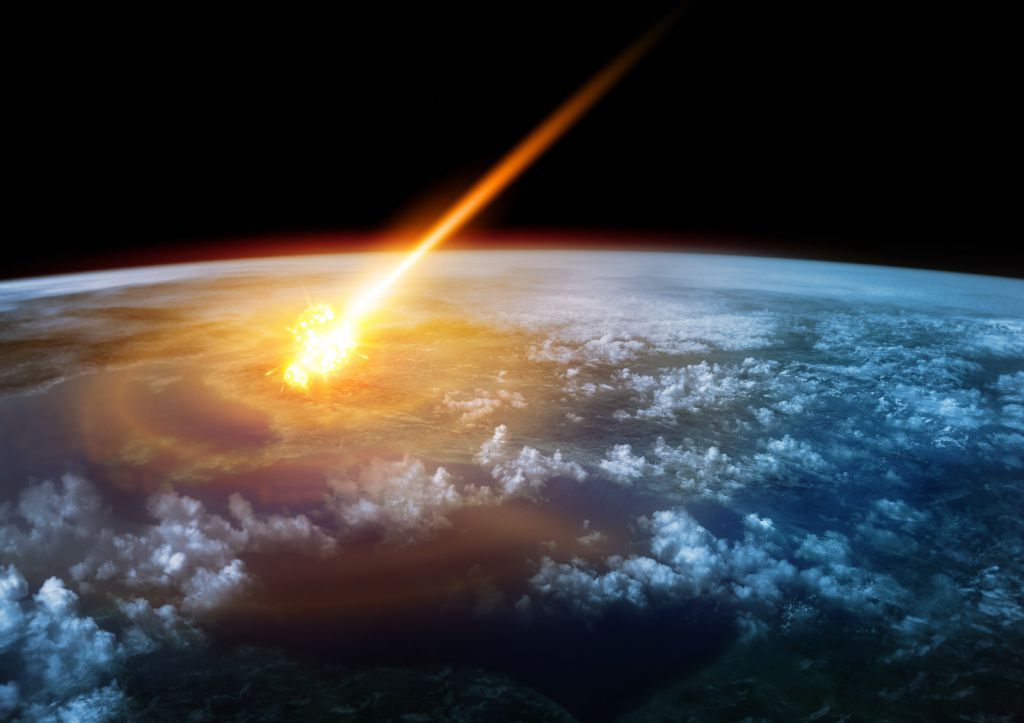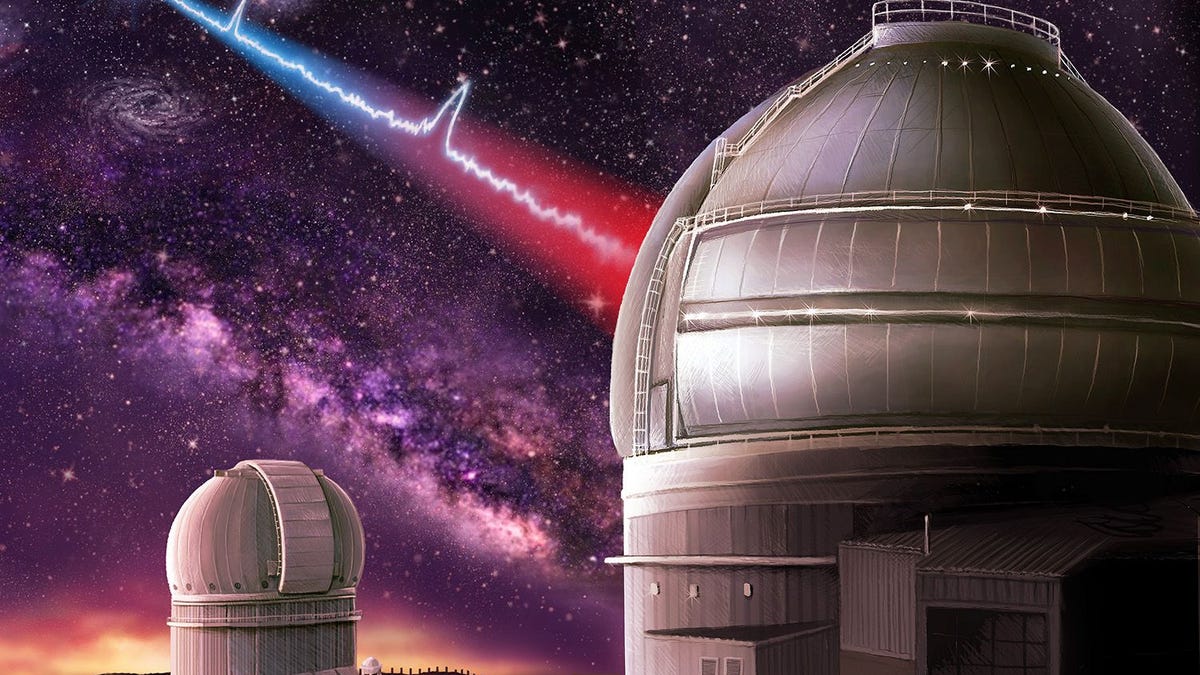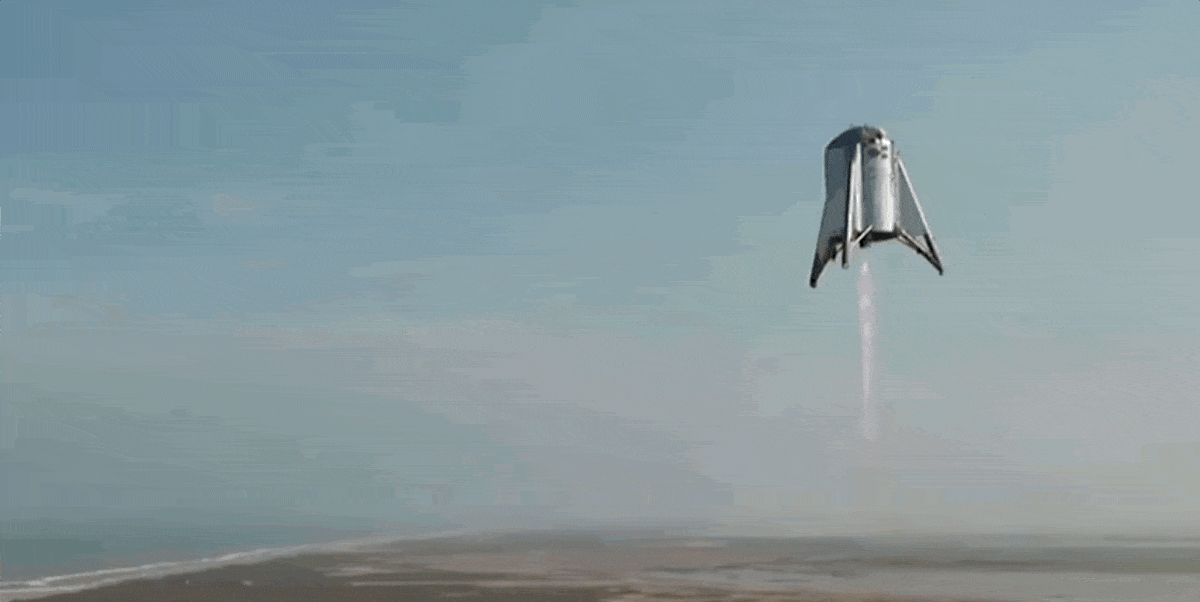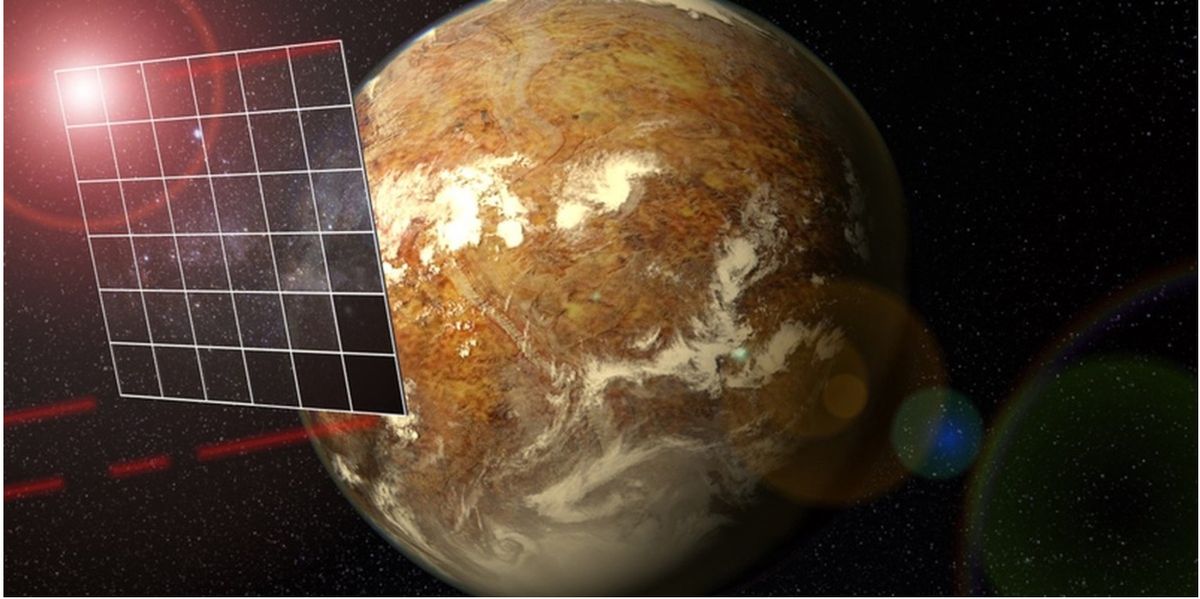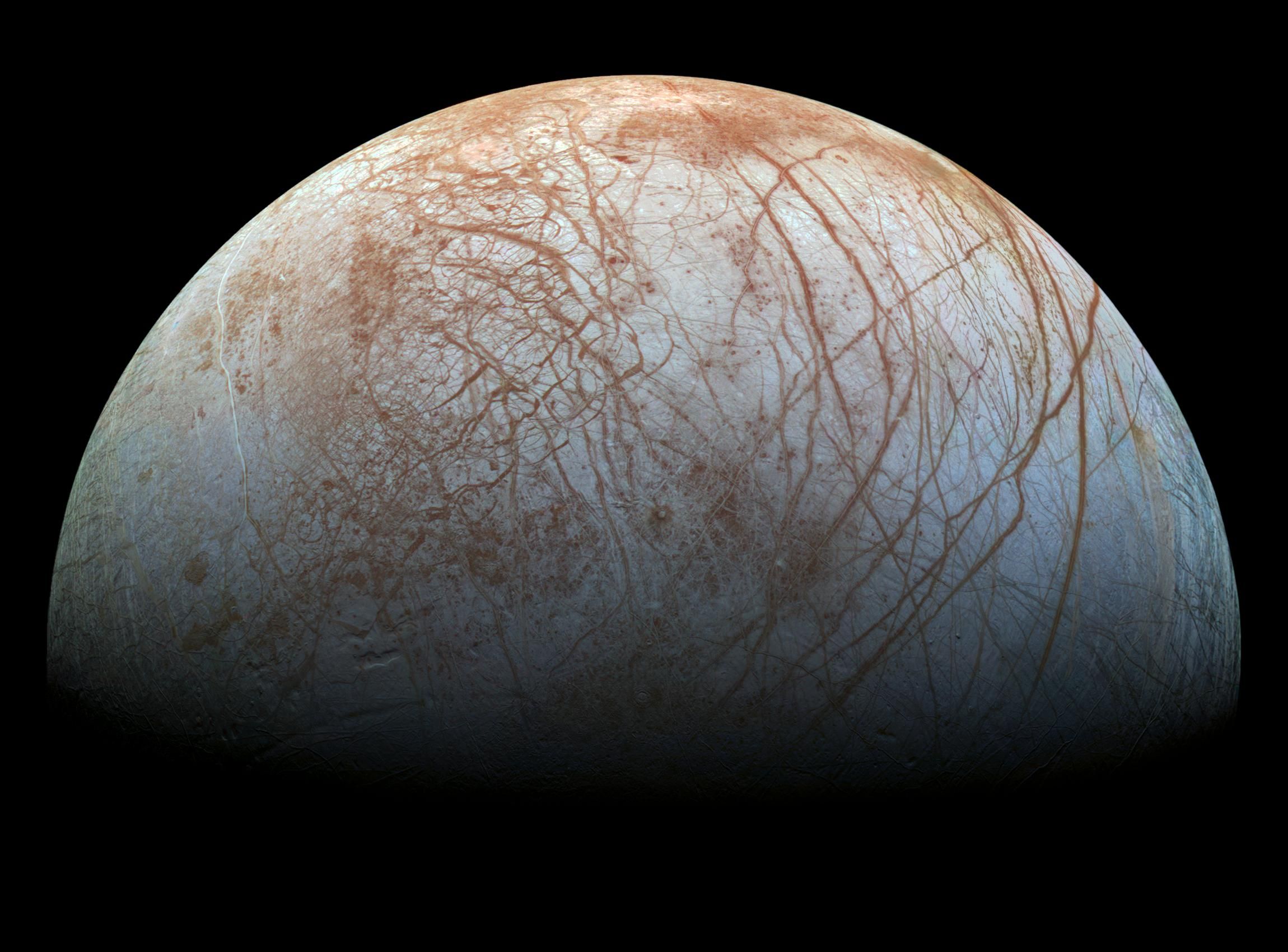I imagine that light speed in theory isn't a limiting factor whether it's short cuts like wormholes or developing some "hyperspace" Star Wars esque propulsion where you're pulling the surrounding "space" like a slingshot and launching yourself through a tunnel or lane. Something like that I imagine is theoretically possible, it just seems almost like magic based on our current technology and scientific understanding. The same could be said of if you took current technology and means of transportation and dumped them back in the time of the founding fathers. I imagine that smartphones, high-performance sports cars that can hit 200 mph and nuclear warheads that you can launch across a continent on a missile launched from the ground would have seemed like magic descended down from heaven.
The advancement in prosthetics has been unbelievable. I agree there's probably reason to believe that 20 or so years from now we'll have some capabilities that would have seemed absurd and perhaps impossible 25-30 years ago. Our rate of progress on just about everything is moving at an incredible speed relative to all previous points in history.
I suspect that the current smart phones would seem magical to a pre Sputnik early 1950's American! From streaming movies (with special effects so real the 1950's person would think they were real images) to GPS! It would blow their mind. The stuff that will be common in 100 years would blow our minds.





